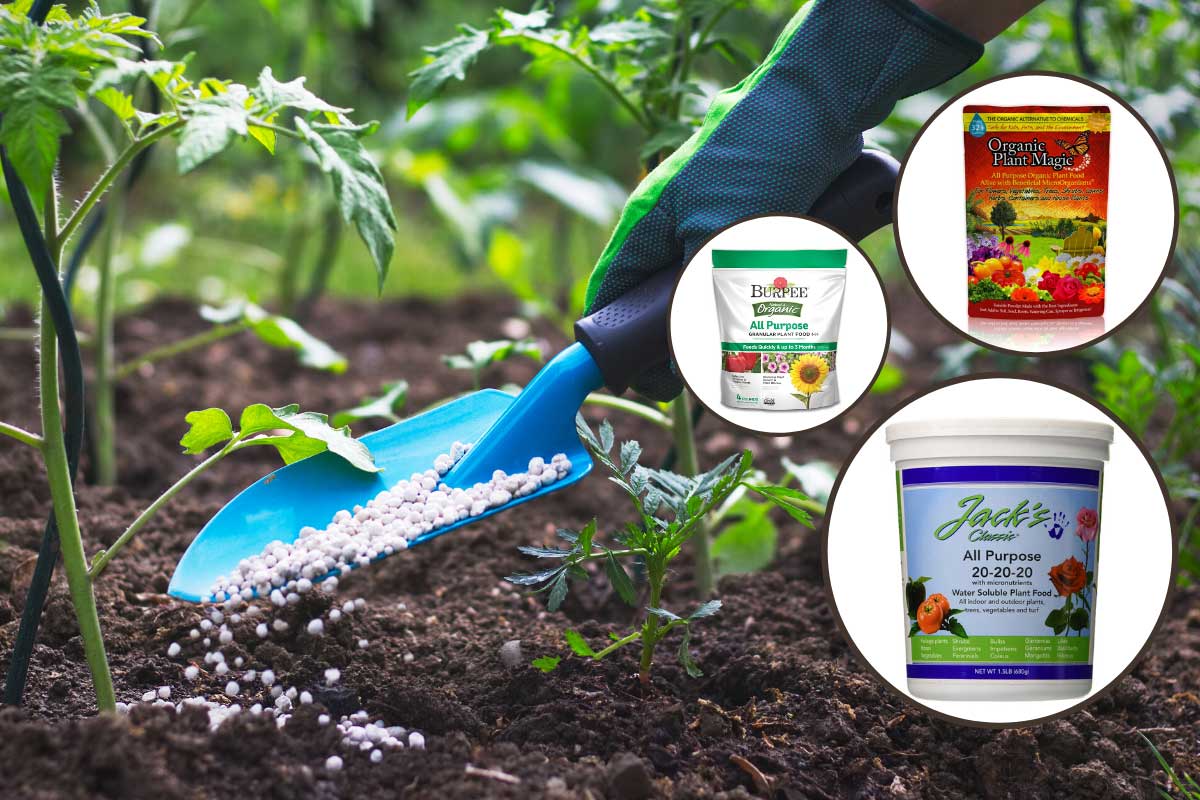The Fertilizer Industry’s Dark Secret: Are We Eating Chemicals?
The Evolution of Chemical Fertilizers
A Brief History
The understanding of essential nutrients evolved over time, leading to the recognition of nitrogen, phosphorus, and potassium (NPK) as vital for plant growth. The modern era of fertilizers began in the 19th century with the creation of synthetic fertilizers, notably ammonium sulfate. The pivotal moment came in 1909 when German chemist Fritz Haber developed a process for synthesizing ammonia from nitrogen and hydrogen, which was later commercialized by Carl Bosch. This Haber-Bosch process allowed for the mass production of nitrogen fertilizers, revolutionizing agriculture by significantly boosting crop yields and facilitating food production on an unprecedented scale. Initially, adoption was slow as farmers were skeptical and clung to traditional methods, but as global food demands surged due to population growth and urbanization, interest in synthetic fertilizers increased.
Recent Developments
Recent studies, particularly in 2024, highlight a shift in the fertilizer landscape. Researchers from the International Fertilizer Association reported a 15% increase in global fertilizer production, largely driven by the need to meet food demands exacerbated by climate change and population growth. However, this increase is accompanied by calls for more sustainable practices, as the environmental and health implications of excessive fertilizer use are becoming increasingly evident.
Current Trends in the Chemical Fertilizer Industry
Sustainable Practices
One of the most notable trends is the shift towards sustainable practices. Fertilizer manufacturers are now focusing on producing fertilizers that have reduced environmental footprints. For instance, the use of slow-release fertilizers and controlled-release formulations helps minimize nutrient runoff into water bodies, which can lead to eutrophication—a process that depletes oxygen in water and harms aquatic life.
Organic and Biologically Based Fertilizers
Another trend is the rise of organic and biologically based fertilizers. While chemical fertilizers are still dominant, there is a growing market for organic alternatives. According to the Organic Trade Association’s 2024 report, organic fertilizers are projected to grow by 12% annually as farmers and consumers alike become more aware of their health benefits and lower environmental impact.
Precision Agriculture
The integration of technology in agriculture, particularly precision farming techniques, is revolutionizing how fertilizers are applied. Farmers are increasingly using data analytics and satellite imagery to optimize fertilizer use, ensuring that nutrients are applied precisely where and when they are needed. This not only boosts crop yields but also reduces wastage and mitigates environmental impact.
Challenges Facing the Industry
Health Concerns
One of the most pressing challenges is the potential health risks associated with certain chemical fertilizers. Recent studies indicate a link between excessive fertilizer use and adverse health outcomes in agricultural workers and nearby populations. For example, a 2024 study published in the Journal of Environmental Health revealed that farmers using high levels of nitrogen fertilizers had a 30% increased risk of developing respiratory illnesses and other chronic conditions.
Environmental Impact
The environmental implications of chemical fertilizers are also significant. Excessive application can lead to soil degradation, water pollution, and a decline in biodiversity. The World Wildlife Fund reported in 2024 that nearly 40% of global waterways are now affected by nutrient pollution, primarily from agricultural runoff. This has prompted calls for stricter regulations and more sustainable farming practices.
Supply Chain Issues
The chemical fertilizer industry also faces supply chain challenges. The COVID-19 pandemic disrupted global supply chains, leading to shortages and skyrocketing prices. In 2024, the industry is still grappling with the effects, as geopolitical tensions continue to impact the availability of key raw materials, such as phosphates and potash.
What We Need to Stop Mixing in Fertilizers
To ensure the long-term sustainability of chemical fertilizers, there are specific substances and practices that should be minimized or eliminated.
Heavy Metals
Heavy metals, such as lead, cadmium, and arsenic, are often present in low-quality fertilizers. These contaminants can accumulate in the soil and enter the food chain, posing significant health risks to humans and animals. A 2024 study from the Environmental Protection Agency found that nearly 25% of fertilizers tested contained harmful levels of heavy metals. Efforts should focus on stricter quality controls and regulations to eliminate these substances from fertilizers.
Excessive Nitrogen
While nitrogen is essential for plant growth, excessive use can lead to nutrient leaching and soil acidification. This not only reduces soil health but also contributes to greenhouse gas emissions in the form of nitrous oxide. A 2024 analysis by the United Nations Environment Programme emphasized the need to adopt nitrogen-efficient practices, such as crop rotation and intercropping, to minimize the negative impacts of nitrogen fertilizers.
Synthetic Additives
Many chemical fertilizers contain synthetic additives designed to enhance performance. However, these can have unintended consequences. For instance, some additives can disrupt soil microbiomes, leading to long-term soil health issues. Recent research suggests that a focus on natural additives, such as biochar or compost, may provide better results without the negative side effects associated with synthetic chemicals.
The Future of the Chemical Fertilizer Industry
Regulatory Changes
As the chemical fertilizer industry adapts to new challenges, regulatory changes are likely on the horizon. Governments around the world are increasingly recognizing the need for sustainable agricultural practices, and new policies may emerge that promote eco-friendly fertilizers while imposing stricter regulations on harmful substances.
Innovation and Research
Continued investment in research and development will be critical for the industry’s future. Innovations in fertilizer technology, including the development of environmentally friendly formulations and the integration of biotechnology, will help meet global food demands while addressing health and environmental concerns.
Collaboration and Education
Finally, collaboration among stakeholders—including farmers, researchers, and policymakers—will be essential. Education on sustainable practices and the responsible use of fertilizers can empower farmers to make informed decisions that benefit both their crops and the environment.
Chadayamangalam Jatayu Park – Explore Kerala | Maya (mayathevoice.com)
In Summary
The chemical fertilizer industry is at a crossroads. While it has played a crucial role in feeding the world, the associated health and environmental challenges cannot be ignored. By embracing sustainable practices, minimizing harmful substances, and investing in innovation, the industry can adapt to meet the needs of the future. As we move forward, it is essential to balance agricultural productivity with the health of our planet and its inhabitants, ensuring a safer and more sustainable agricultural system for generations to come.




